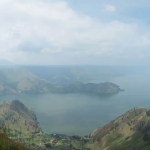Ancient DNA from a teen girl reveals previously unknown group of humans0
- Ancient Archeology, From Around the Web
- August 25, 2021
The bones of a teenage hunter-gatherer who died more than 7,000 years ago on the Indonesian island of Sulawesi tell the story of a previously unknown group of humans.
















